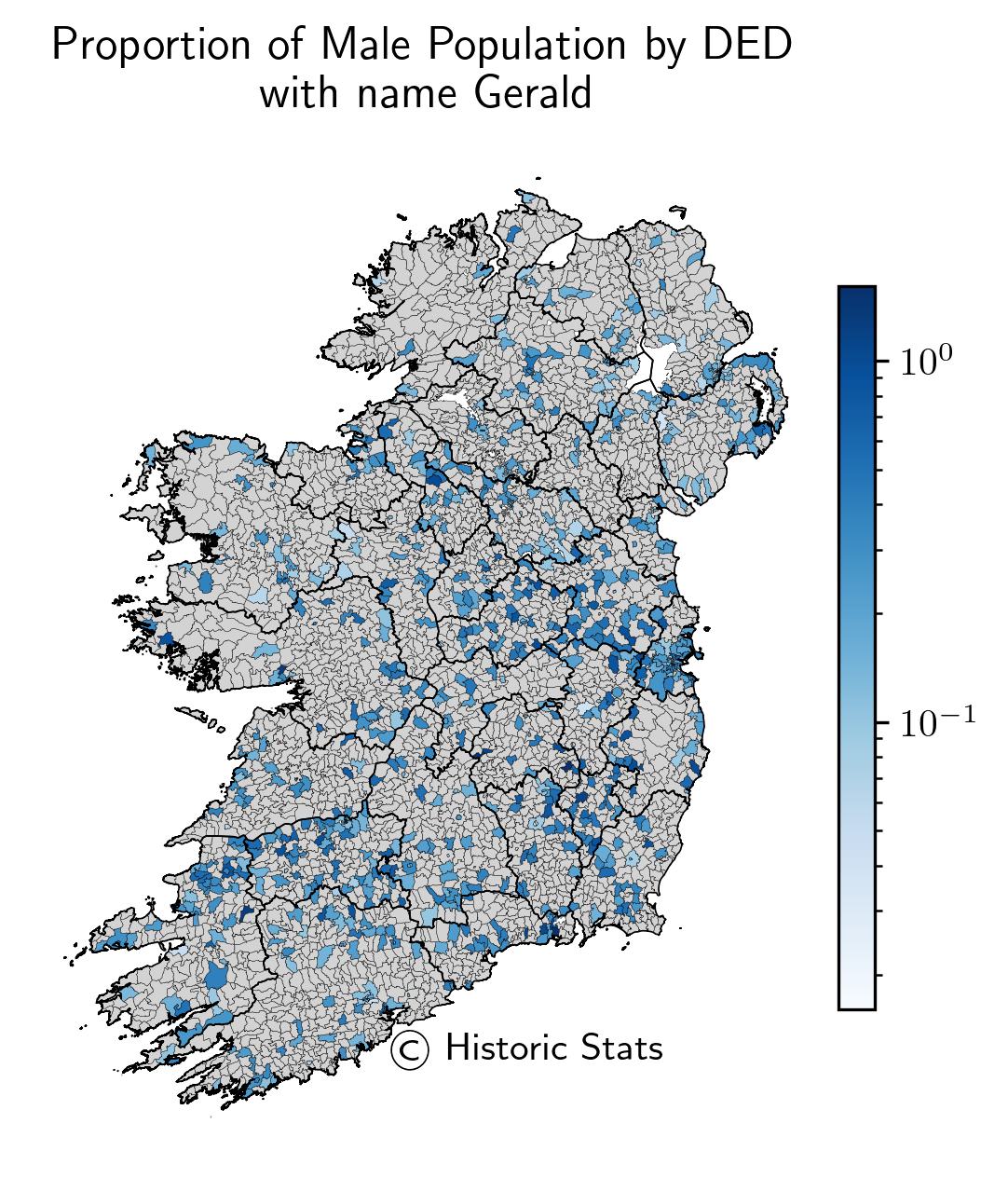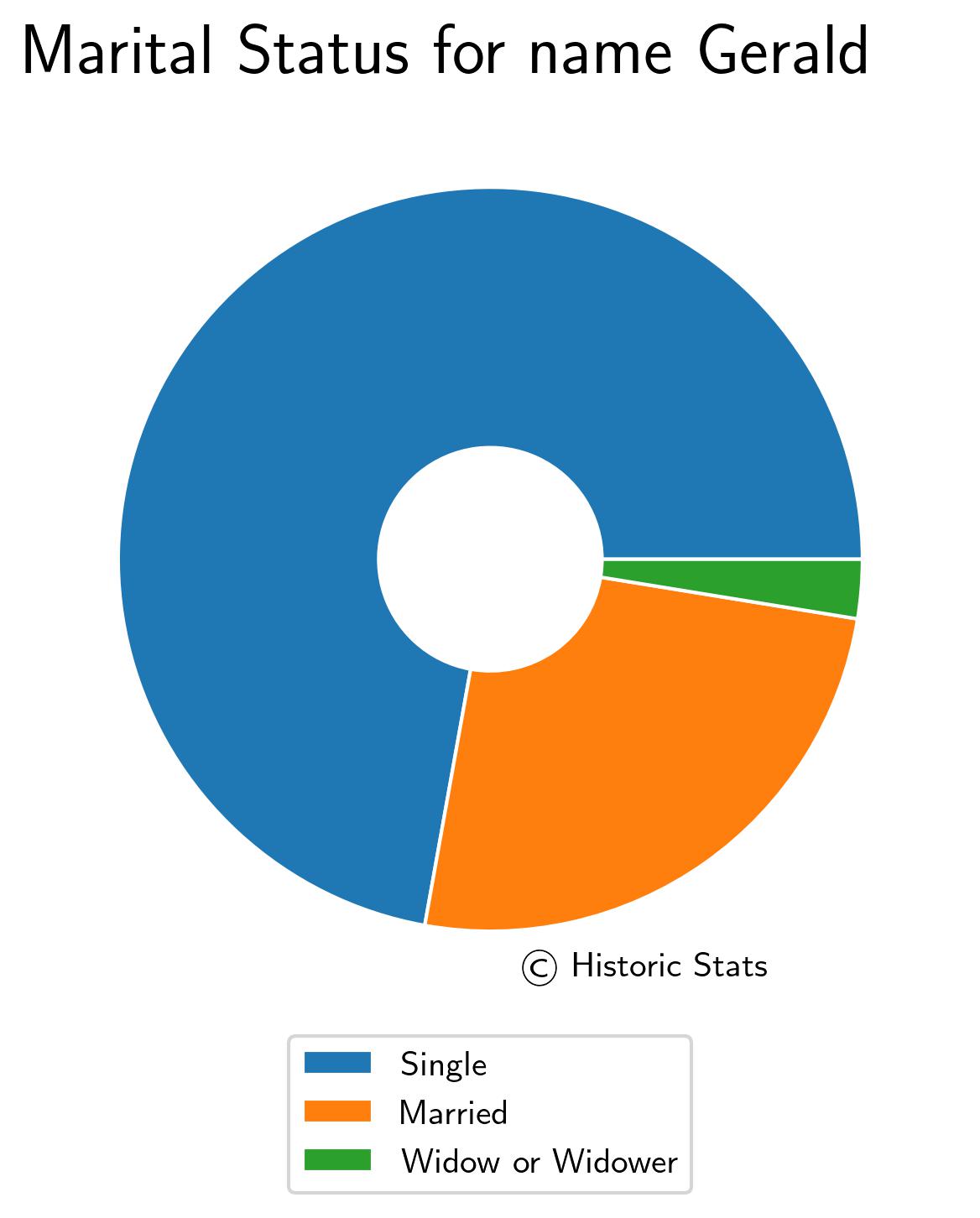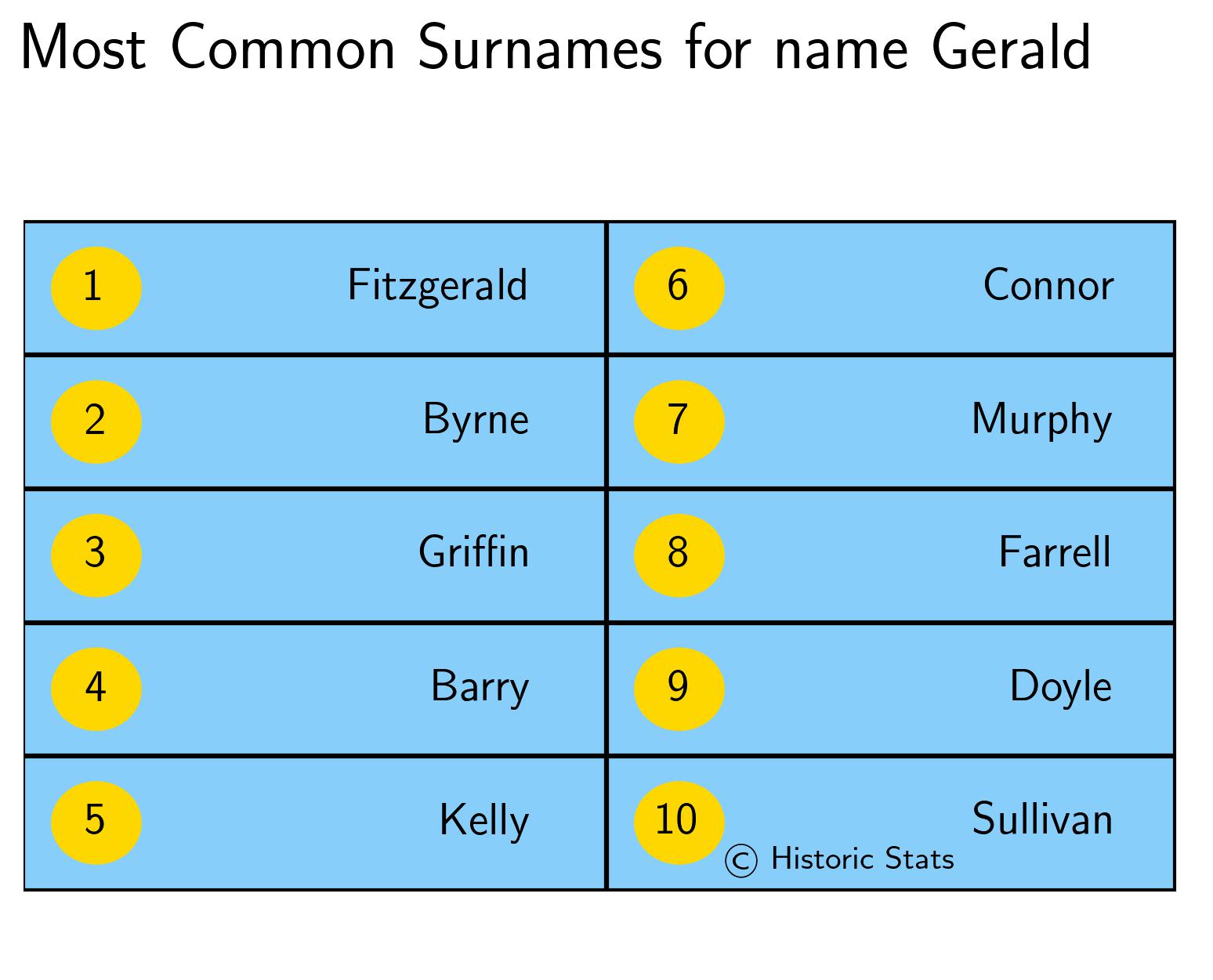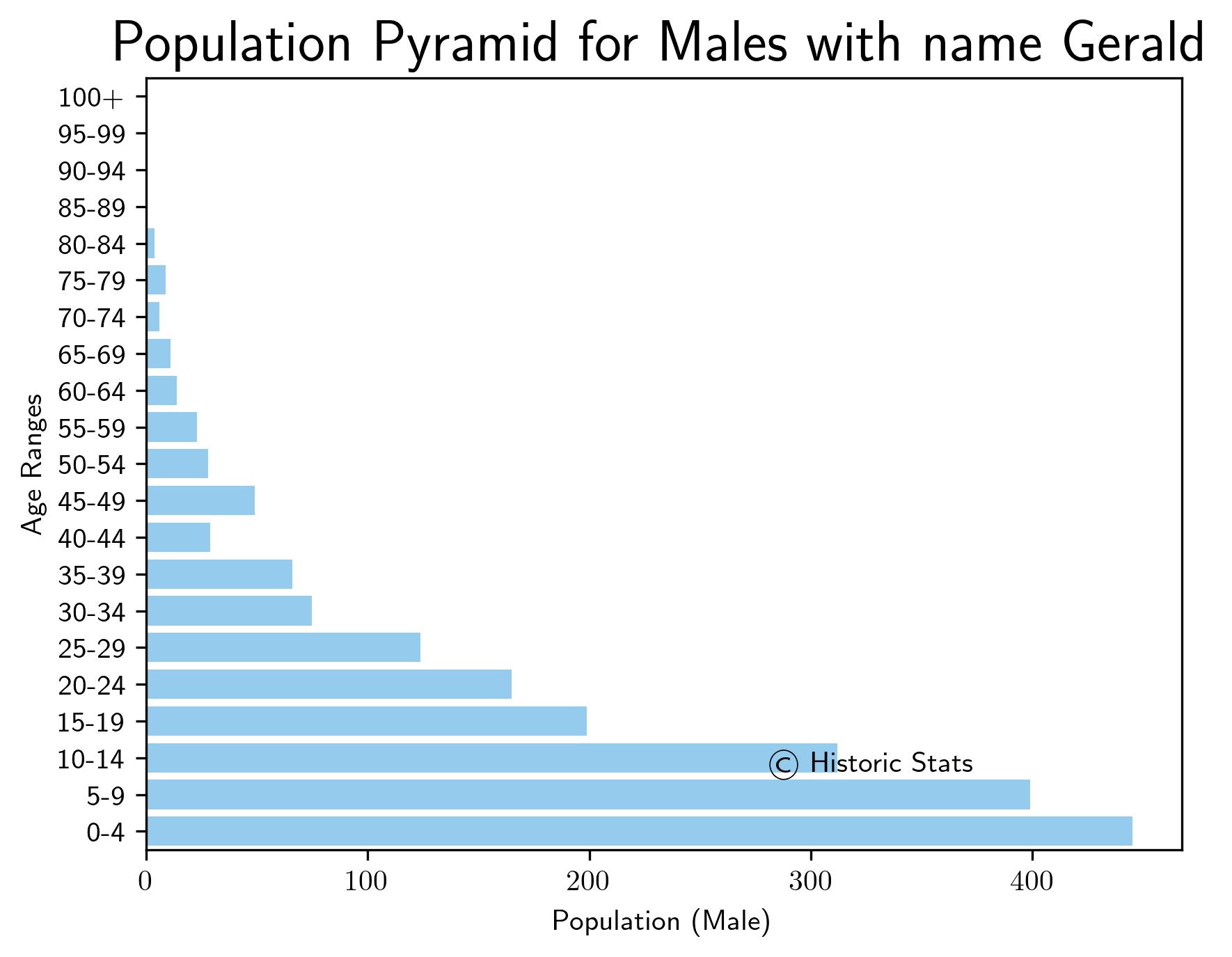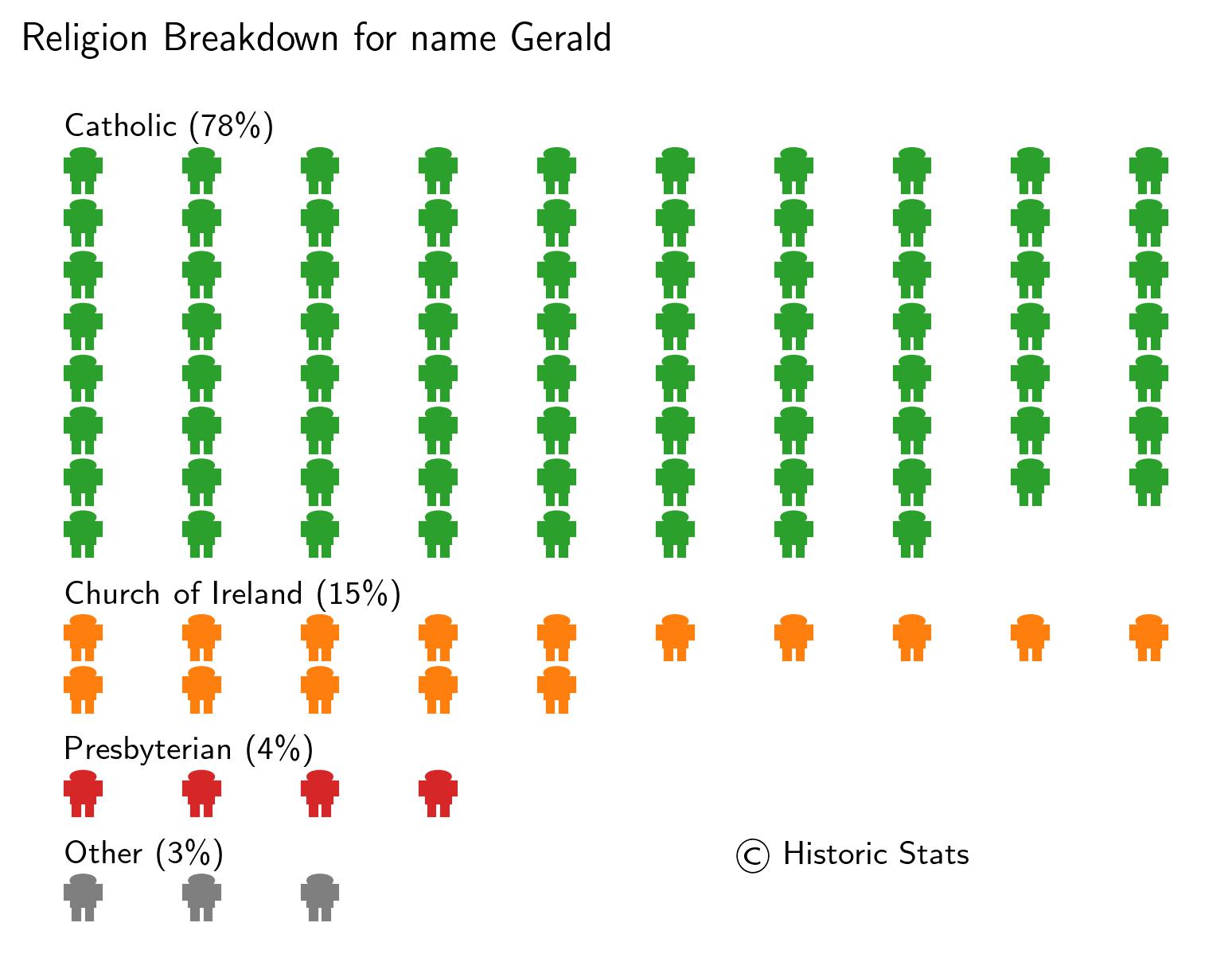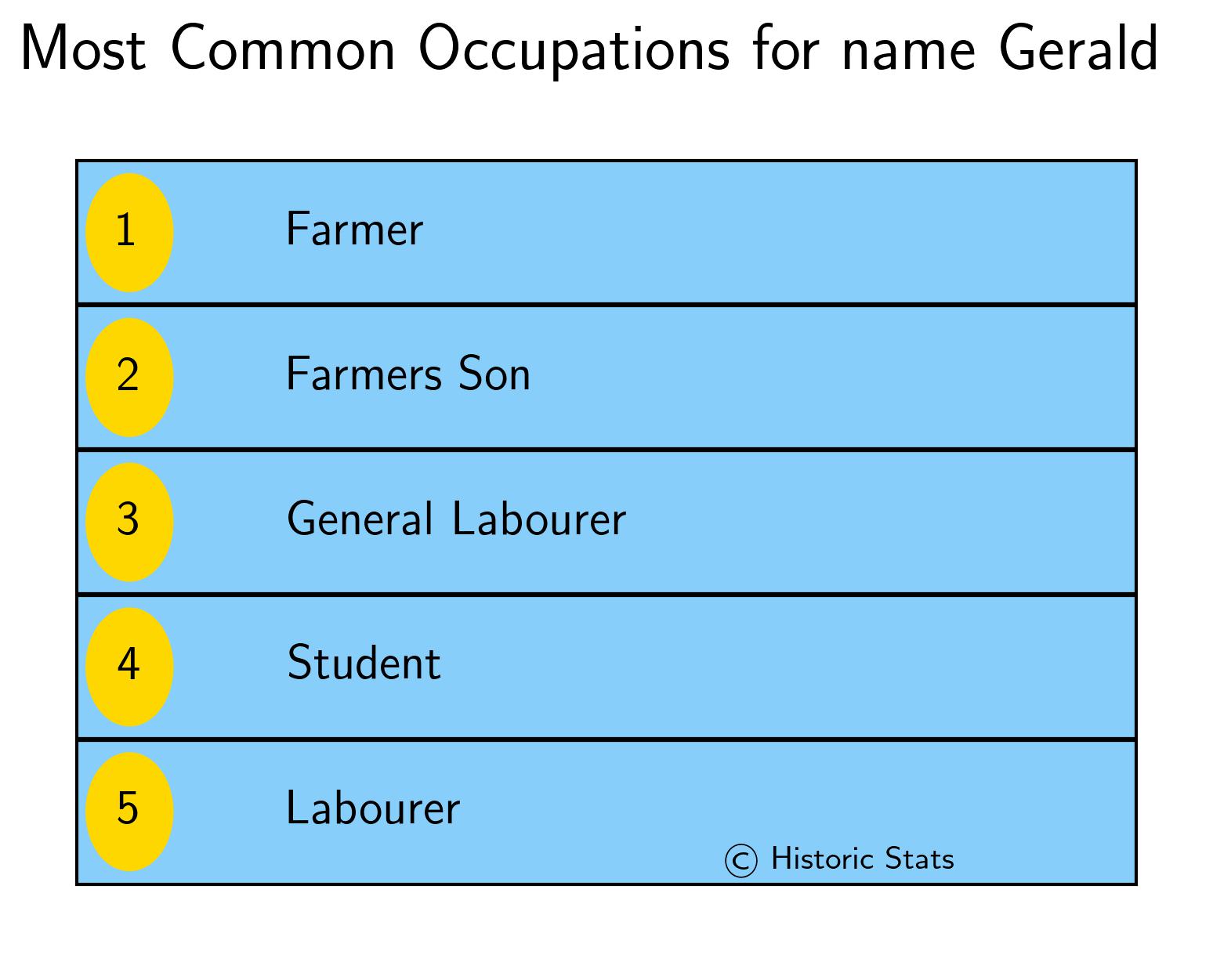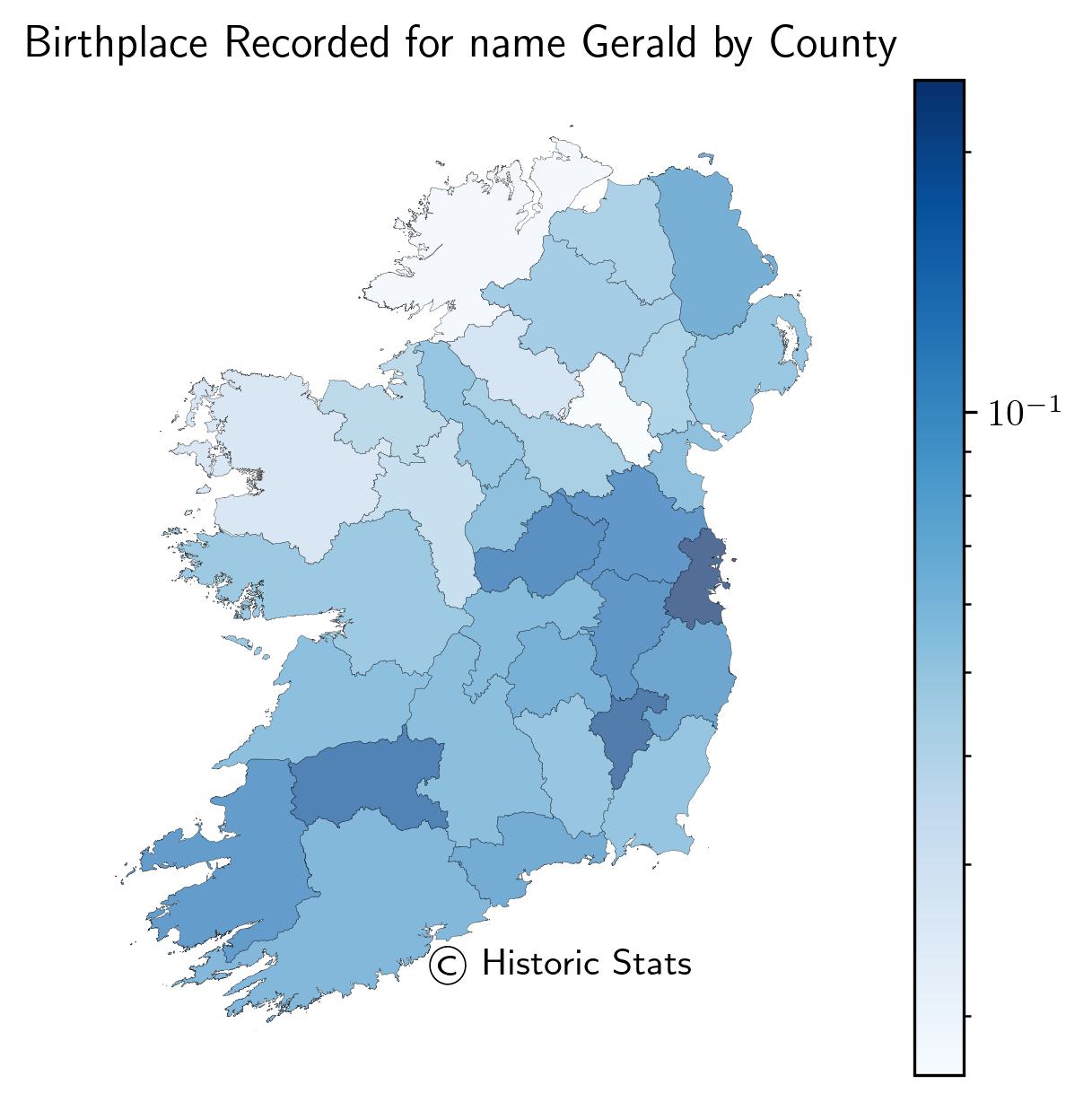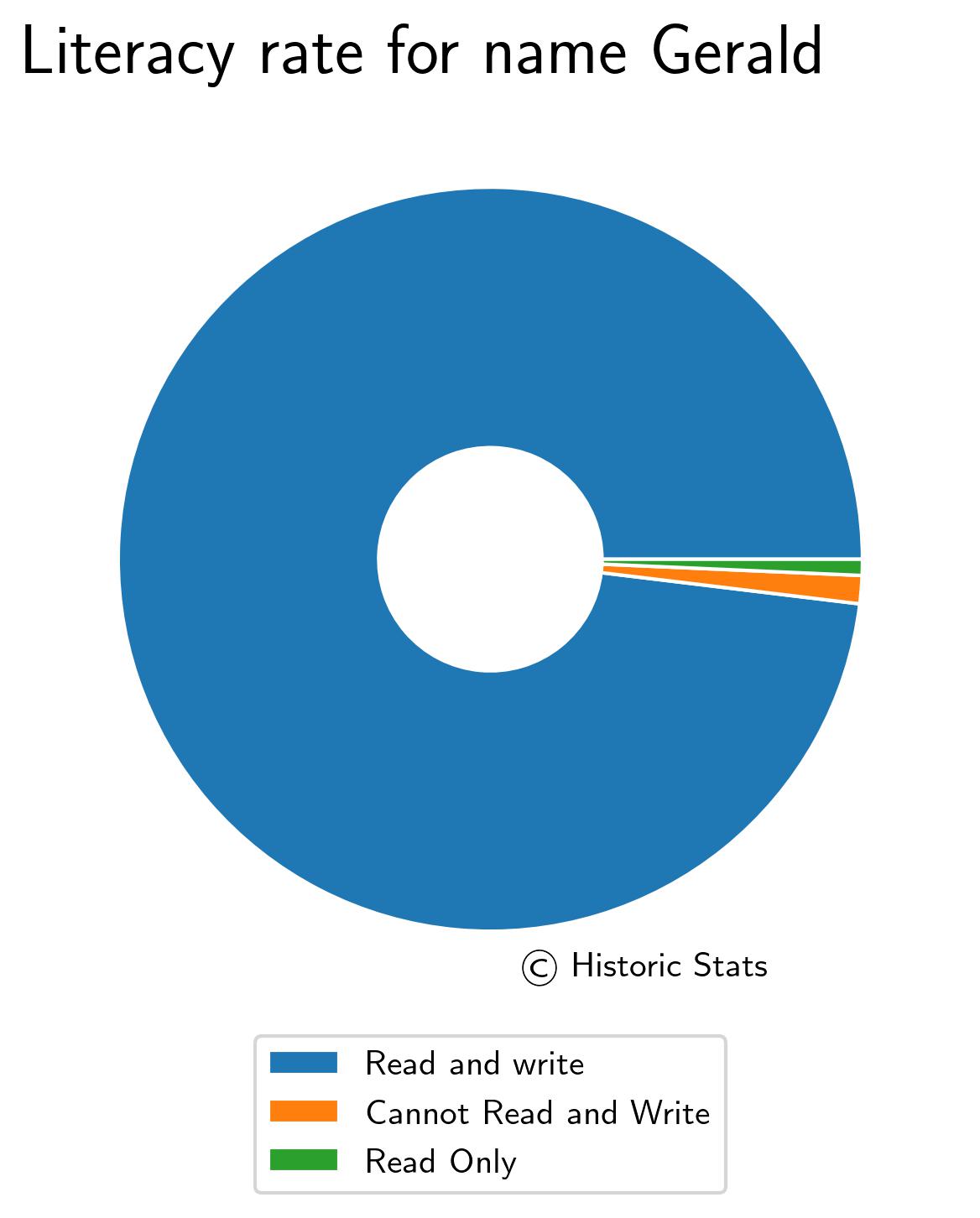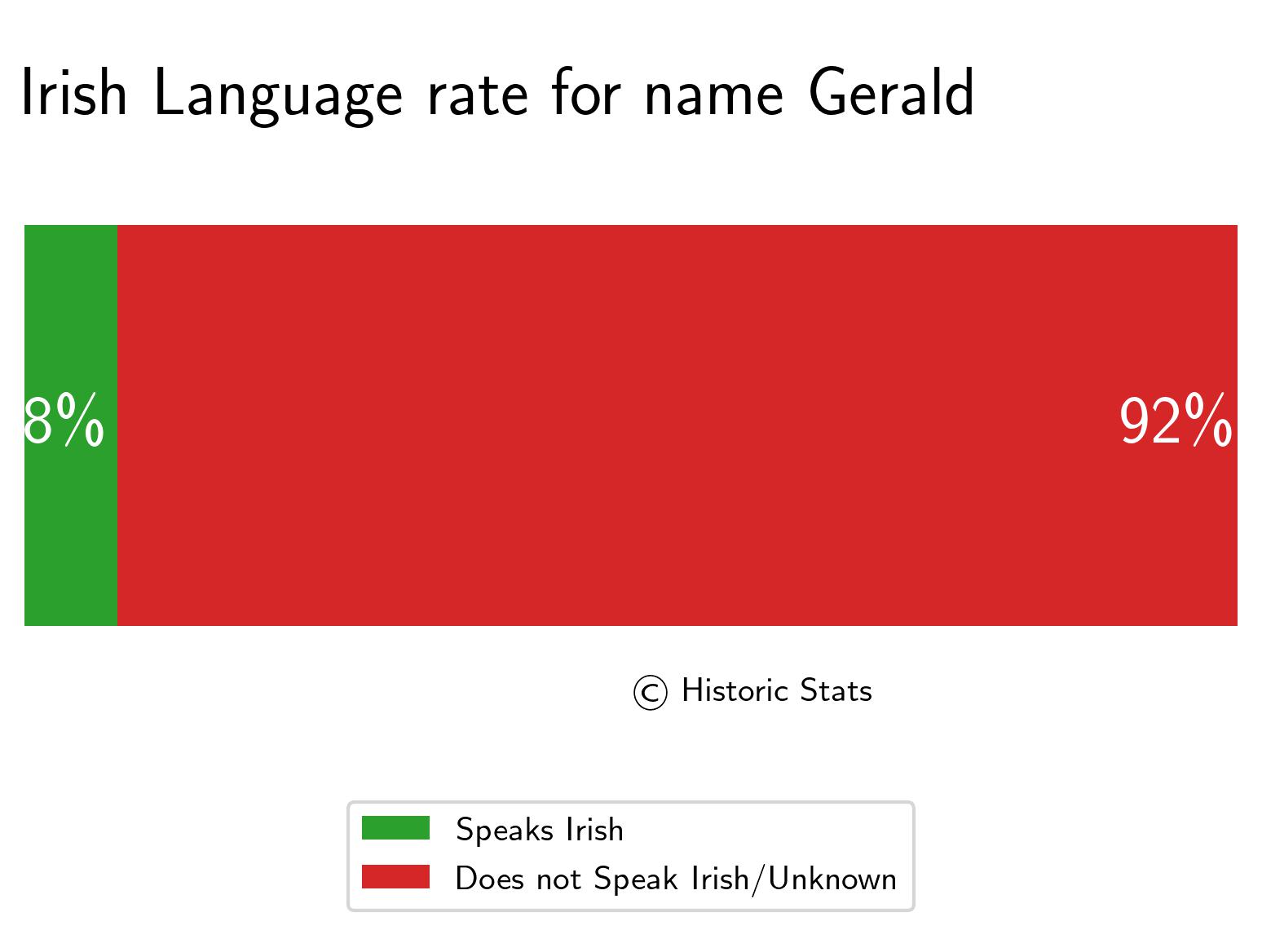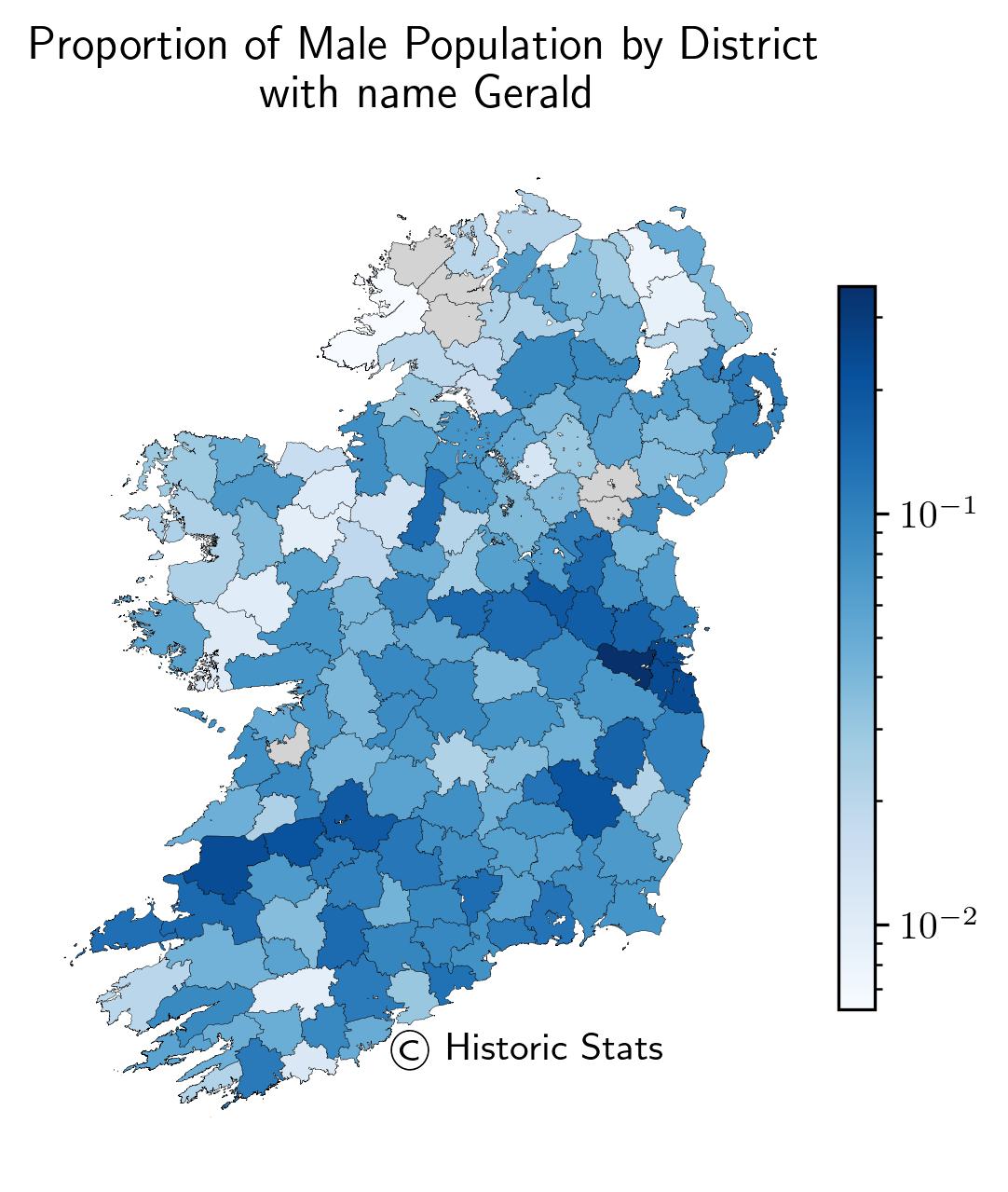
1. Proportion of Population by District
The map here shows the proportion of the male population with name Gerald by district which were also known as the Poor Law Unions. The districts with the highest proportion were Celbridge at 0.36%, Rathdown at 0.24%, and North Dublin at 0.24%. The proportions shown use scientific notation where the colour map uses a log norm which is discussed in the methodology section which can be viewed using the link above.
